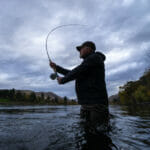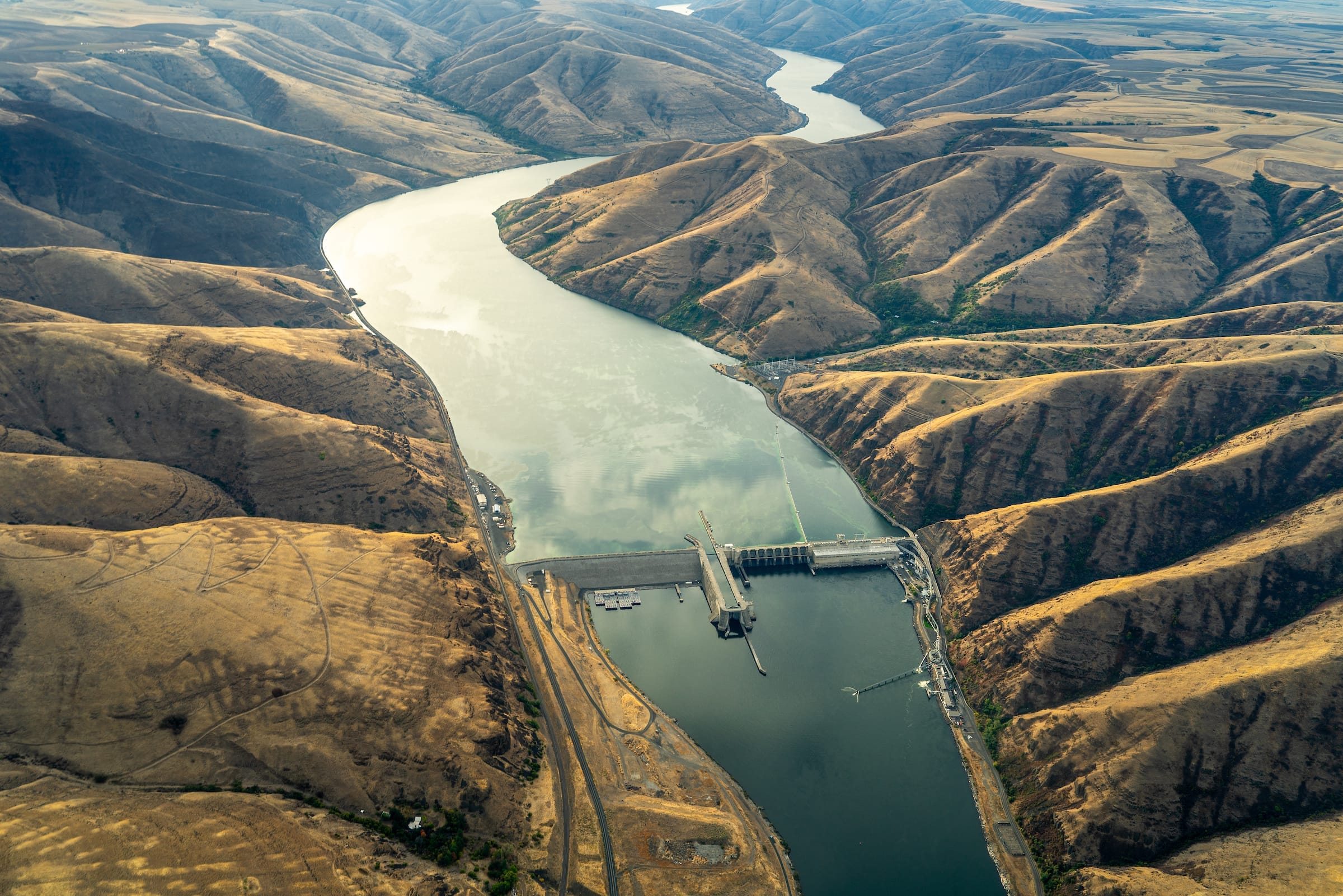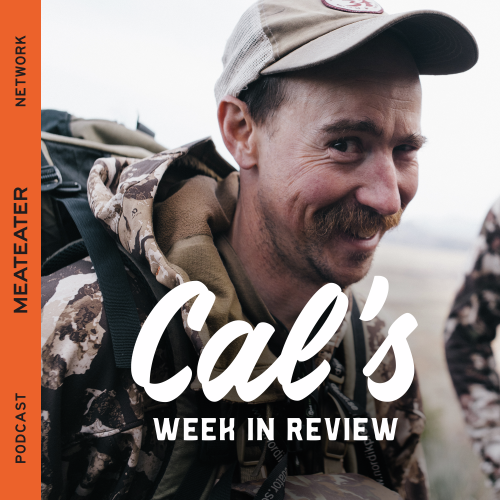Current efforts are no longer cutting it for salmon and steelhead survival on the lower Snake
It’s high time we admit we got it wrong; salmon and steelhead cannot survive in a highly modified river system like the lower Snake River.
Despite our best intentions, the facts remain the same: Chinook salmon, steelhead and sockeye are not recovering in the Snake River basin. Look no further than the guardian angel deployed this summer to, some may say assist, others may say save sockeye.
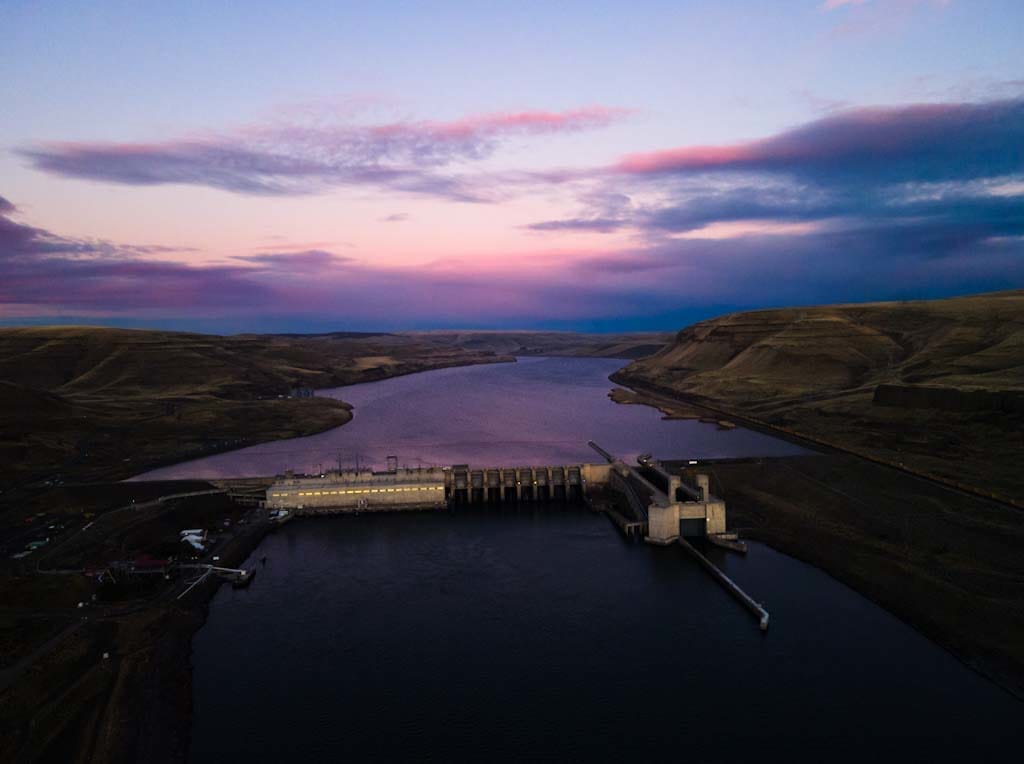
It’s no secret, trout and salmon love cold water and cannot survive in hot water.
Look across the distribution of trout and salmon in their western habitats and you’ll see that high water temperatures are the new norm during summer months. Mankind has bent over backwards to shepherd along these species; from hoot owl restrictions in Montana to self-imposed restrictions by conscientious anglers elsewhere. No efforts compare to the literal trucking of sockeye salmon to get them out of the hot water they face during their inland march to high elevation spawning grounds.
Although Idaho’s Snake River sockeye pivotal time in history was their listing under the Endangered Species Act in 1991, it was Lonesome Larry that brought them national fame in 1992. If you’re unfamiliar with Lonesome Larry, it’s quite simple, he was the singular sockeye to return to the Snake River Basin that year. Once approximately 84,000 fish returned to the available habitat, but now return numbers have averaged just 100 sockeye annually.
Then it was the unmitigated impacts of the lower Snake River hydro-system, and today it’s that plus climate change and the band-aids of mitigation that impact their survival.
From flow augmentation, cold water releases, smolt bypass systems, screening of turbines, predator reduction and barge transportation of out-migrating smolts, a lot has changed since 1992 in the lower Snake River hydro-system. And despite billions of dollars in investments to mitigate the death trap of the lower Snake River hydro-system nothing takes the cake like the ride sockeye salmon get to the interior of Idaho, in the back of a truck.
Since the death of tens of thousands of sockeye in the Columbia River in 2015 due to the cumulative exposure to lethal water temperatures, aggressive measures have been taken to perpetuate what is left of Idaho’s ocean-going inland pioneers. In comes the sockeye Uber.
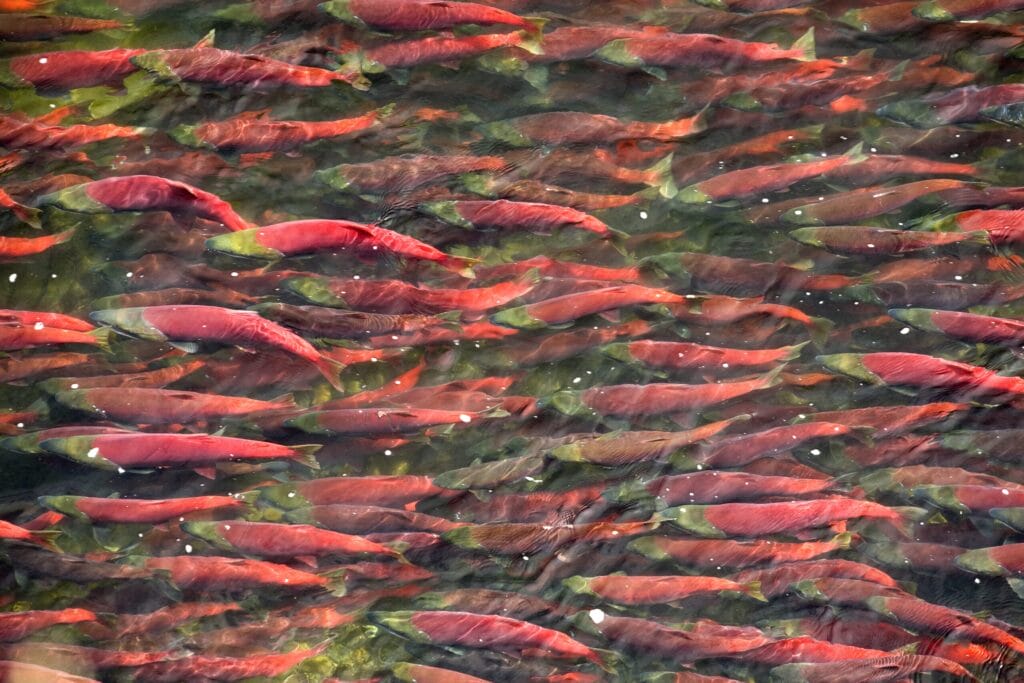
Initiated on years of chronically low snowpack, low river flows and high early summer temperatures NOAA and Idaho Dept. of Fish and Game have developed predictive models to initiate a ride for sockeye. With portions of the incoming run captured at Lower Granite Dam and ultimately dropped off at Eagle Fish Hatchery just outside of Boise, Idaho, the fish are kept and bred in captivity to guarantee perpetuating the species.
While the other portion wages on in their 900-mile attempt to get to Idaho’s highest, coldest and most intact habitat in the Stanley Basin. Some can spawn naturally while a portion is integrated with their captive brethren, ultimately finding their way in another truck to southeast Idaho at the Springfield Hatchery, just outside of Blackfoot, Idaho.
Ep. 305: The Snake, Ted Williams and Fenway Park, and Bear Attacks
This week, Cal talks with Eric Crawford, Trout Unlimited’s Director for the Lower Snake River Campaign. We talk breaching of the four lower Snake River dams, invasive fish passage, what success would mean in numbers, treaty rights, and what it would actually take, hydropower replacement, barge replacement, downstream irrigators, and so much more.
This is a tale of species conservation but also a taste of reality in what it takes to perpetuate a species impacted by the four lower Snake River dams. A species that’s been on the ESA list for 33 years: That’s three decades of the best of intentions to get it right, but that’s yet to happen.
It’s time to breach the four lower Snake River dams and once and for all recover these and the other iconic salmon and steelhead that call the Snake River basin home.


